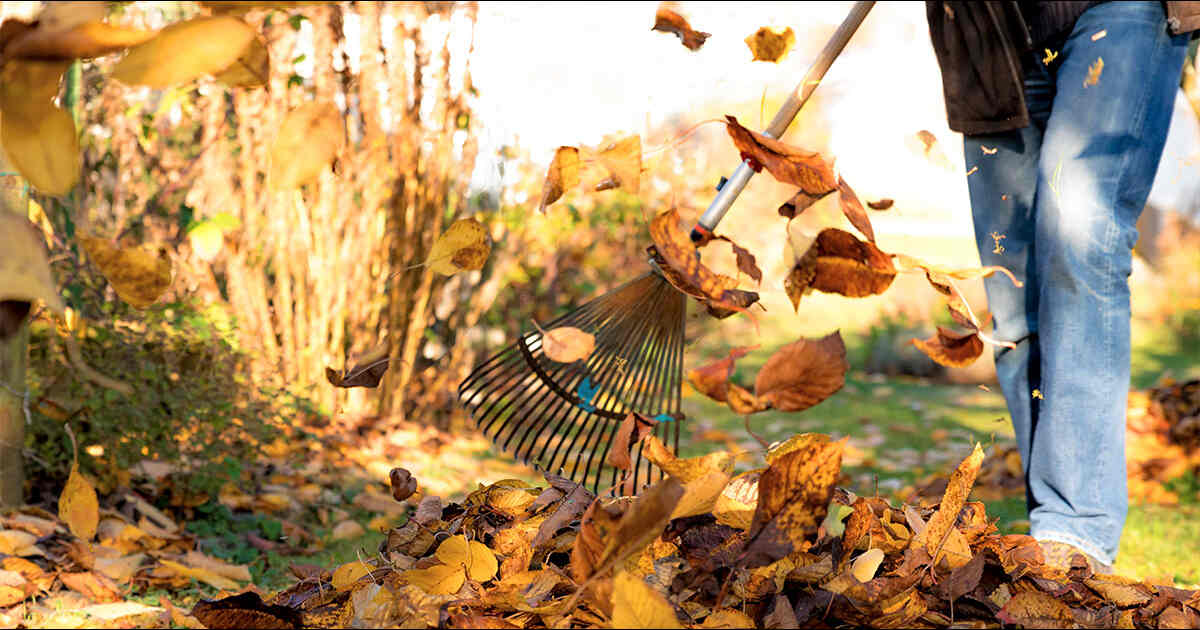Ever thought about how those seasonal chores can double as a workout? We’re diving into the surprising fitness benefits of everyday tasks. Let’s get started!
As the seasons transition, so do the chores that come with them. Whether it’s raking leaves, unpacking seasonal decorations, or tackling housework, these tasks can contribute to your fitness goals without a gym membership.
Many are unaware that these chores can burn more calories than typical fitness routines. Raking leaves, for instance, can be a more calorie-burning activity than a brisk walk or weight training.
Consider this: an hour of yard work like raking can burn around 308 calories for a person weighing 170 pounds, according to the American Council on Exercise’s calorie calculator.
In contrast, a brisk 3.5-mile-per-hour walk burns about 293 calories for the same individual. Even indoor seasonal chores, such as housework, can be calorie burners, with an hour of it equivalent to an hour of basic weight training.
It’s important to note that these calorie estimates are rough averages and can vary based on factors like age, biological sex, fitness level, and effort intensity. For a more personalized figure, fitness trackers that take these variables into account can be beneficial.
To make the most of these seasonal chores while reducing the risk of injury, a few tips should be kept in mind:
- Warm Up: Just like at the gym, warming up is essential. Engage in some light stretching and warm-up exercises to prepare your body for the physical demands of chores.
- Proper Form: Pay attention to your form. Lift with your legs, maintain balance, and use proper technique to avoid strains and injuries.
- Switch Sides: To prevent muscle soreness and overuse injuries, alternate sides during tasks, especially if they involve repetitive movements.
- Manageable Tasks: Be realistic about what you can accomplish. Avoid taking on tasks beyond your capability, seek assistance for heavy lifting, break large tasks into smaller segments, and take breaks when needed.
- Stay Hydrated: Even in cooler weather, staying hydrated is crucial. Keep yourself well-hydrated by taking water breaks during chores.
Incorporating these seasonal chores into your fitness routine not only helps you achieve your fitness goals but also makes these tasks more efficient and less prone to causing injuries. So, as you gear up for the changing seasons, remember that staying active can be as simple as getting your chores done.








Leave a Reply
You must be logged in to post a comment.